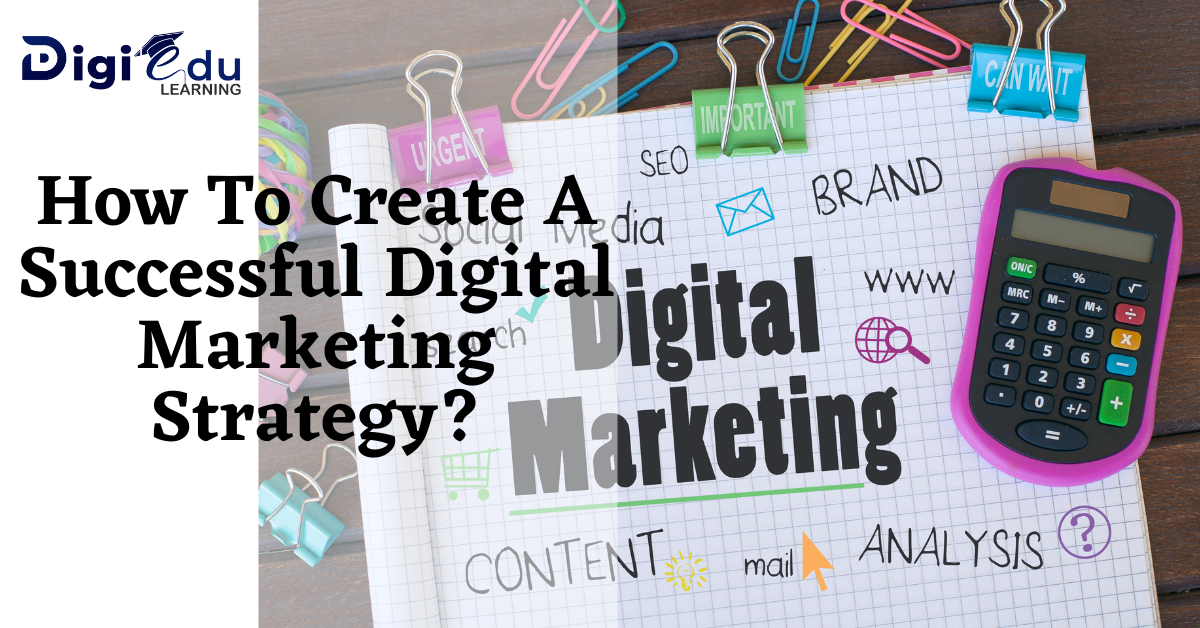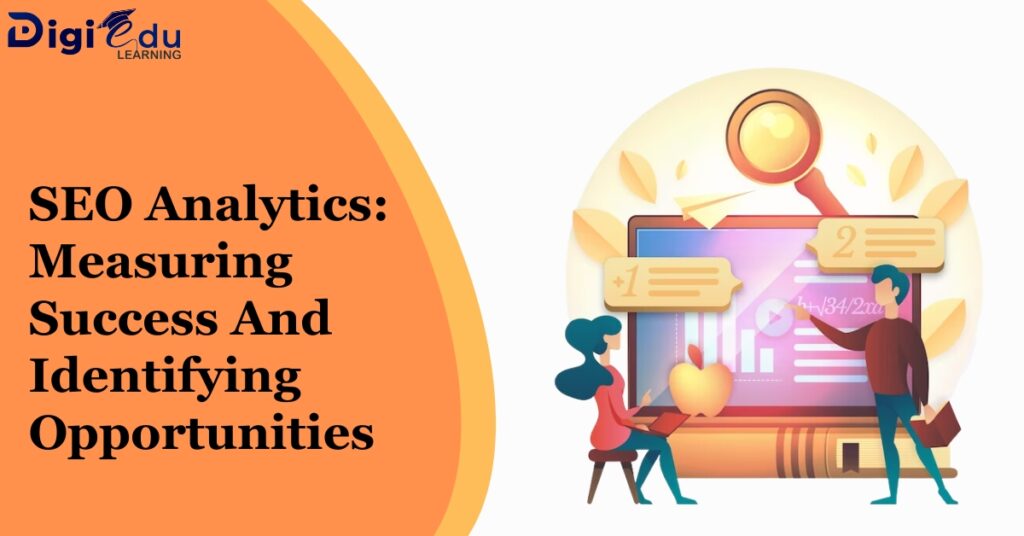The rise of digital technology has changed the way businesses interact with customers. Today, digital marketing is an integral part of a company’s marketing strategy, providing an efficient and cost-effective way to reach and engage with a wider audience. In this article, we’ll explore how to create a successful Digital Marketing Strategy, covering everything from setting goals to measuring success.
1. Setting Your Goals
The first step in creating a successful digital marketing strategy is to set clear goals and objectives. These goals should be specific, measurable, achievable, relevant, and time-bound (SMART). Examples of goals for a digital marketing strategy might include increasing website traffic, generating leads, improving conversions, or building brand awareness.
Once you have set your goals, it is important to determine what metrics you will use to measure success. For example, if your goal is to increase website traffic, you might track metrics such as unique visitors, page views, or time on site. If your goal is to generate leads, you might track metrics such as contact form submissions, newsletter signups, or phone calls.
2. Define Your Target Audience
To create a successful digital marketing strategy, you must have a clear understanding of your target audience. This means knowing who your ideal customers are, what their needs and wants are, and how they behave online.
To define your target audience, consider the following:
- Demographics: Who are your customers in terms of age, gender, location, education, and income?
- Psychographics: What are their values, interests, and behaviors?
- Customer Journey: What are the stages of their journey from awareness to purchase?
Once you have a clear understanding of your target audience, you can tailor your digital marketing efforts to meet their needs and connect with them more effectively.
3. Conduct a Competitor Analysis
To develop an effective digital marketing strategy, it’s important to understand what your competitors are doing online and what doesn’t and use this information to inform your own strategy.
e. By conducting a competitor analysis, you can learn what works well for them When conducting a competitor analysis, consider the following:
- What channels are they using to reach their target audience?
- What types of content are they producing and what formats are they using?
- What are their strengths and weaknesses in terms of digital marketing?
- What are their goals and objectives and how are they measuring success?
By understanding what your competitors are doing, you can make informed decisions about how to differentiate your own brand and reach your target audience more effectively.
4. Choose the Right Channels:
The next step in creating a successful digital marketing strategy is to choose the right channels to reach your target audience. The most common digital marketing channels include:
- Website: Your website is the cornerstone of your digital marketing efforts. It should be easy to navigate, visually appealing, and optimized for search engines.
- Email Marketing: Email is a cost-effective way to reach your target audience and build relationships with them.
- Social Media: Social media platforms such as Facebook, Twitter, Instagram, and LinkedIn provide an opportunity to reach and engage with your target audience.
- Content Marketing: Content marketing involves creating valuable, relevant, and consistent content that educates and informs your target audience and helps build your brand.
- Search Engine Optimization (SEO): SEO involves optimizing your website and content to rank higher in search engine results pages (SERPs) and drive organic traffic to your site.
- Pay-Per-Click (PPC) Advertising: PPC advertising involves placing ads on search engines and websites and paying a fee each time someone clicks on your ad.
- Affiliate Marketing: Affiliate marketing involves partnering with other businesses to promote their products or services in exchange for a commission.
- Influencer Marketing: Influencer marketing involves partnering with social media influencers to promote your brand and reach its followers.
It’s important to choose the channels that are most effective for your business and align with your goals and target audience. For example, if your target audience is active on social media, you may want to prioritize social media marketing over email marketing.
5. Develop a Content Strategy
Content is at the heart of digital marketing, and it’s important to develop a content strategy that supports your goals and resonates with your target audience. A successful content strategy should be based on the following:
- Understanding your target audience’s needs and wants
- Determining the types of content that will engage and educate your target audience
- Creating a content calendar to plan and organize your content
- Measuring the success of your content and making data-driven improvements
When developing your content strategy, consider the following types of content:
- Blog posts
- Videos
- Infographics
- Case studies
- E-books
- Webinars
- Podcasts
- Newsletters
By providing valuable and relevant content, you can establish your brand as an authority in your industry and build trust with your target audience.
6. Measure and Analyze Your Results
Finally, it’s important to measure and analyze the results of your digital marketing efforts to understand what’s working and what’s not. By tracking your metrics and analyzing your data, you can make informed decisions about how to improve your strategy and reach your goals.
Common metrics to track include:
- Website Traffic
- Lead generation
- Conversion rate
- Bounce rate
- Time on site
- Engagement metrics such as likes, comments, and shares
- Return on investment (ROI)
By regularly measuring and analyzing your results, you can identify areas for improvement and make data-driven decisions to optimize your digital marketing strategy.
Conclusion
Developing a successful digital marketing strategy is crucial for businesses in today’s fast-paced and constantly evolving digital landscape. Digi Edu Learning has mastered the art of creating effective digital marketing strategies that help them achieve their goals and reach their target audience. By taking a data-driven and results-focused approach, businesses can create a digital marketing strategy that drives success and sets them apart from the competition. Whether you’re just starting out or looking to improve your current strategy, the key to success is to stay focused, stay adaptable, and always be willing to learn and grow. With the right approach and the right tools, Your brand can achieve digital marketing success and reach new heights of growth and success.






